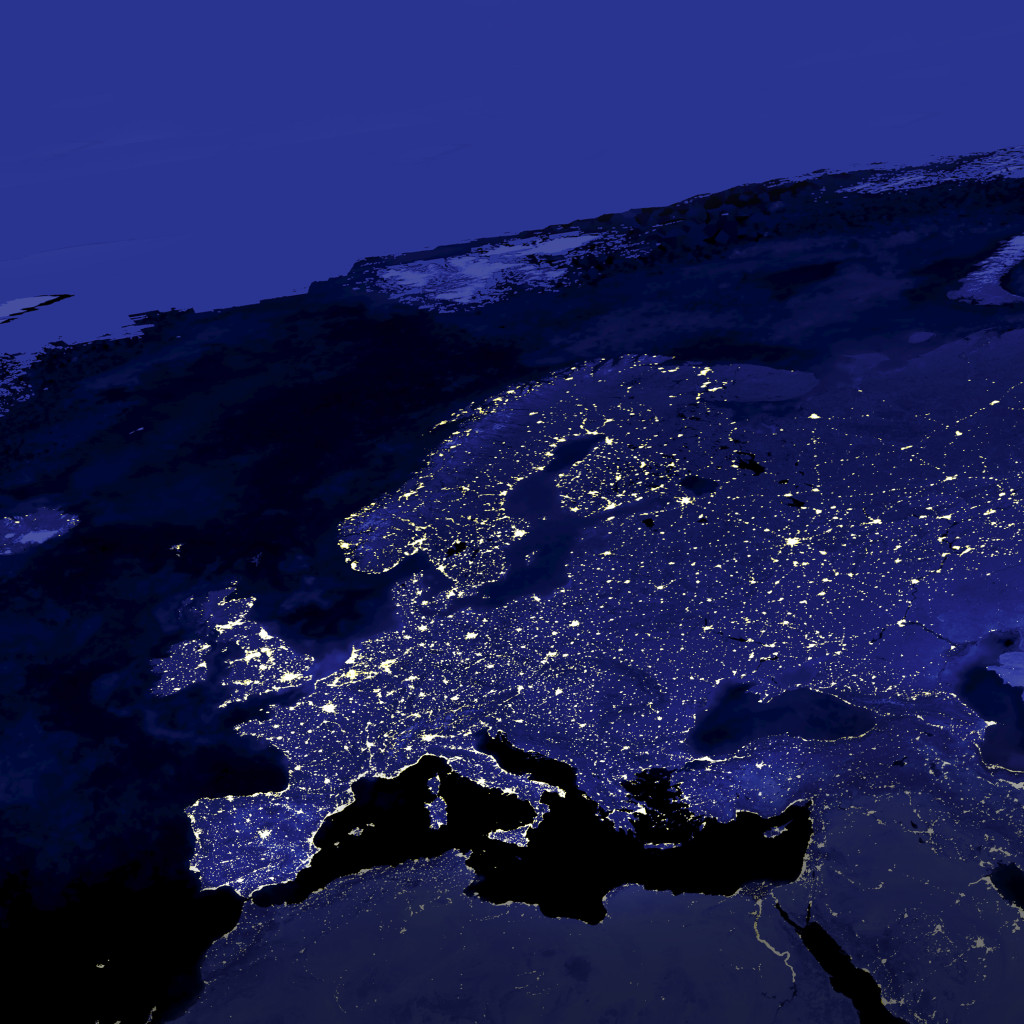Huawei Technologies Co. Ltd. v. Netgear, Inc. et al, UPC, Court of First Instance, Munich Local Division, UPC CFI_9/2023 – on opt-in (with-drawal of opt-out), exhaustion of patent rights, and FRAND defense
By decision of December 18, 2024, the Munich Local Division issued a permanent injunction against Defendants Netgear based on infringement of Claimant Huawei’s European Patent EP 3 611 989 and ordered Netgear to inter alia give information and render accounts regarding their infringing activities, remove the infringing embodiments, so-called “Access Points” compatible with the WiFi 6 standard, from the channels of commerce and hand them over to a Court bailiff for destruction, with the exclusion of products equipped with a Qualcomm modem placed on the EU market within a certain period (cf. below re. exhaustion). In this course, the Court dismissed Netgear’s Preliminary Objection as well as their counterclaim for revocation.
Regarding the UPC’s competence, which was disputed in the Preliminary Objection, the Court found that the template provided in the CMS for withdrawing an opt-out pursuant to Rule 5.7 RoP was not mandatory, i.e. not an “official form” in the sense of Rule 4.1 RoP, and that, thus, Huawei’s was free to use a different template to validly withdraw their opt-out of the patent-in-suit.
Regarding exhaustion (Art. 29 UPCA), the reasoning of the decision includes some interesting principles. For example, the Court states that exhaustion applies to method claims, concerning products which are directly obtained by a method carried out with the patentee’s consent as well as products using a method claim to the extent that they are protected by a product claim, too, and that they were put on the market with the patentee’s consent. Furthermore, the Court finds that exhaustion must (only) be assessed in infringement proceedings if it concerns all attacked embodiments – if this is not the case, it should be decided on a case-by-case basis whether exhaustion is to be dealt with in the proceedings on the merits or later, during enforcement. Since exhaustion applies to individualized products and specific actions, a final review will usually only be possible during enforcement. However, the Court can prepare such review by answering preliminary questions, and in the case at hand, the Court did so by finding that exhaustion applied to Access Points equipped with a Qualcomm modem placed on the EU market in a certain period due to a license agreement (PLA) between Huawei and Qualcomm.
Regarding Netgear’s FRAND defense, the Court confirmed the application of the FRAND obligations stipulated by the CJEU in Huawei v ZTE, namely that the SEP owner must first notify the implementer about the patent infringement before filing a complaint, that the implementer must indicate their willingness to take a license in reaction to such notification and that, as a third step, both sides must work to-wards concluding a FRAND license agreement in accordance with usual business practices.
In this course, the Court stated that not only the SEP owner’s first offer must be reviewed regarding its “FRANDness”, but all offers which are still open for acceptance by the implementer. On the implementer’s side, they must make a counter-offer under FRAND terms and, in case such counter-offer is declined, provide sufficient security and render accounts.
Notably, the Court expressly declined some of the positions brought forward by the European Commission in their amicus curiae letters of April 15, 2024 to the Higher Regional Court of Munich (020078-24 MLO / DLF), confirming the recent decision of November 22, 2024 by the Mannheim Local Division (UPC_CFI_210/2023).
Applying these principles to the case at hand, the Court dismissed Defendants’ FRAND defense, in particular because Netgear delayed negotiations and did not provide a security or render ac-counts after their counter-offer was declined, and because they did not make any statements regarding the SISVEL pool license offered by Huawei in addition to their bilateral license offer.
A more comprehensive and detailed review of this decision will follow shortly.
The judgment can be read here.
















